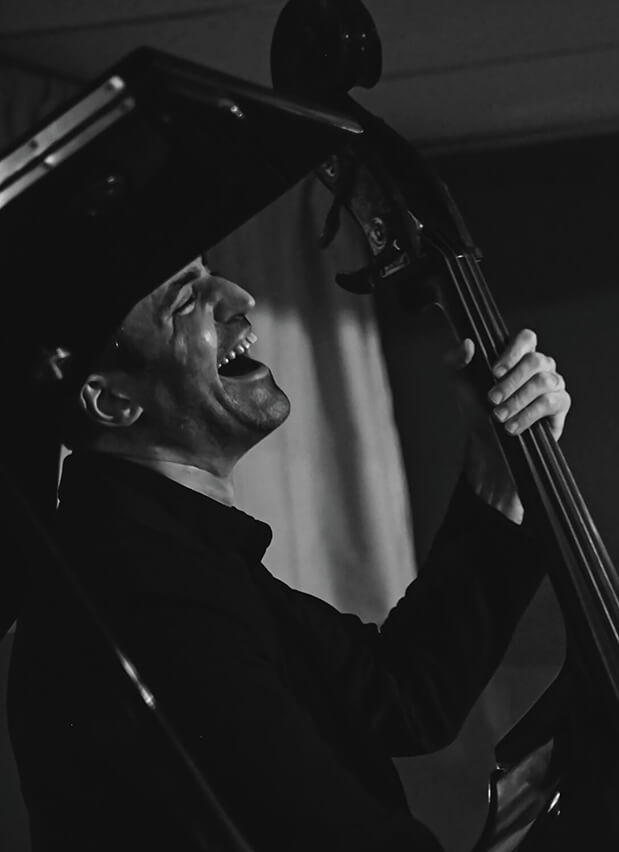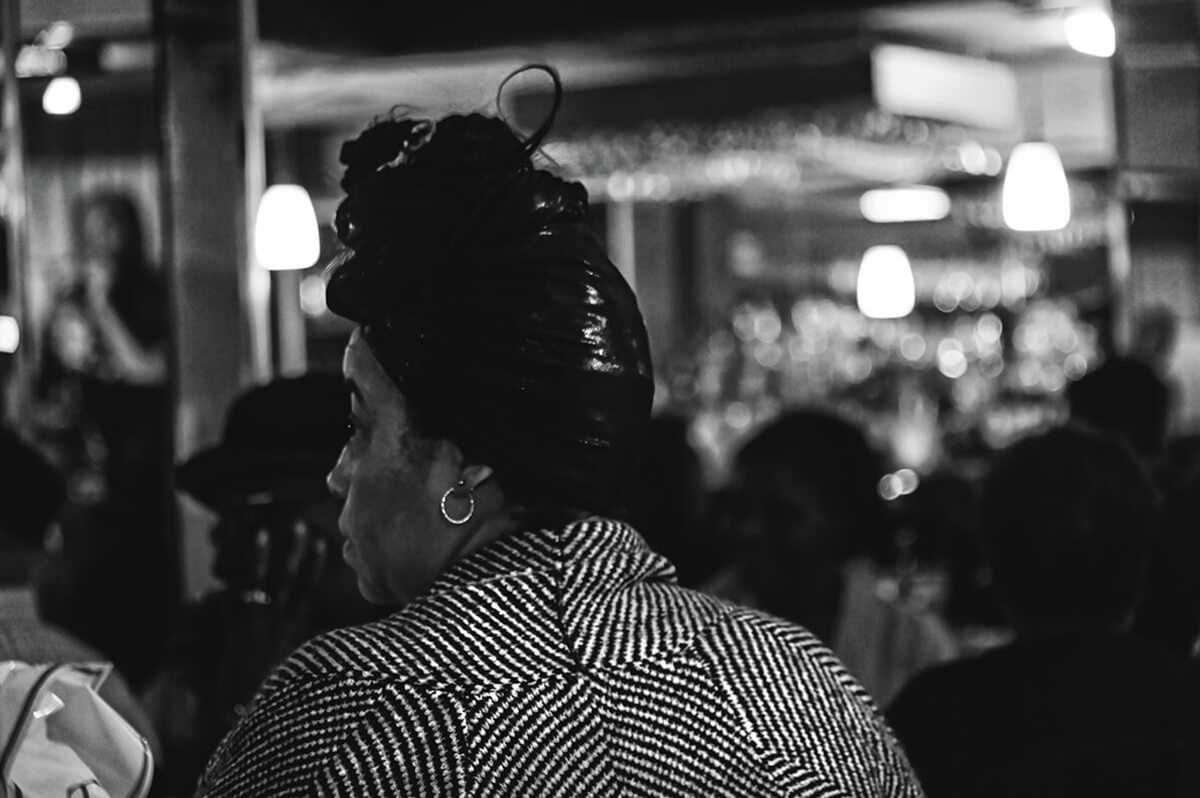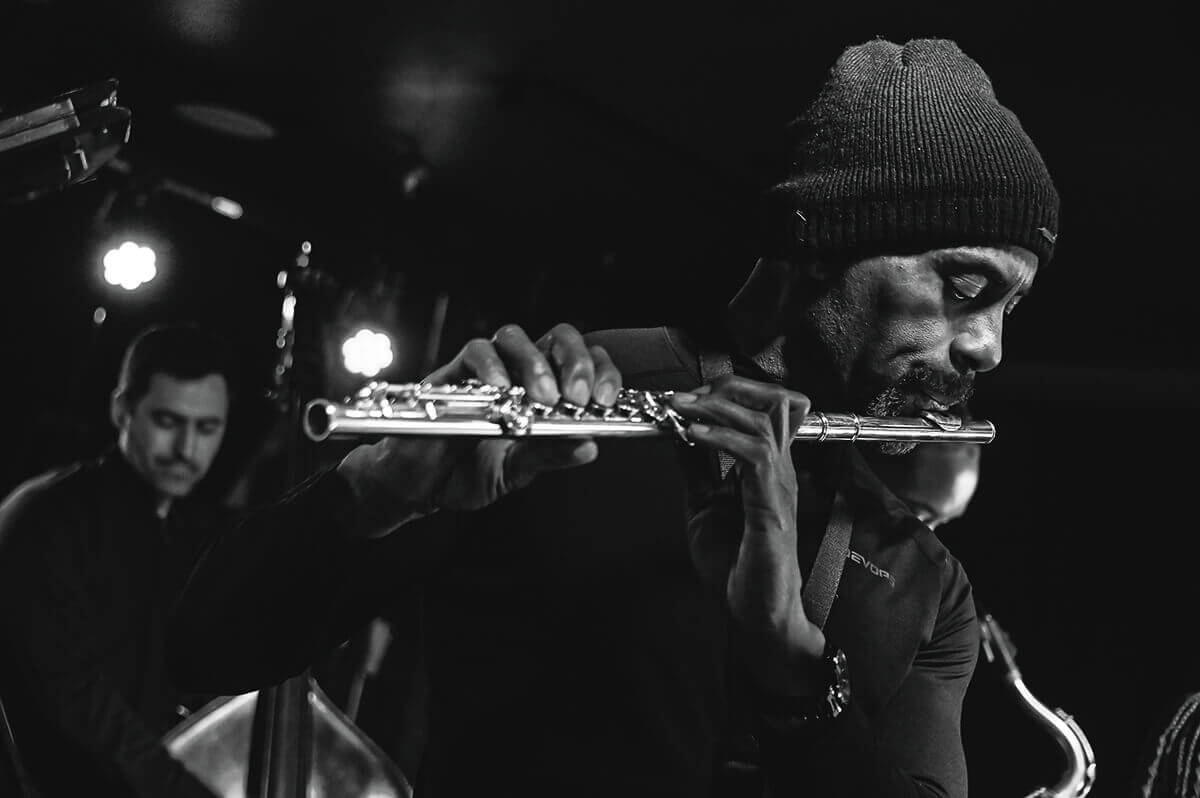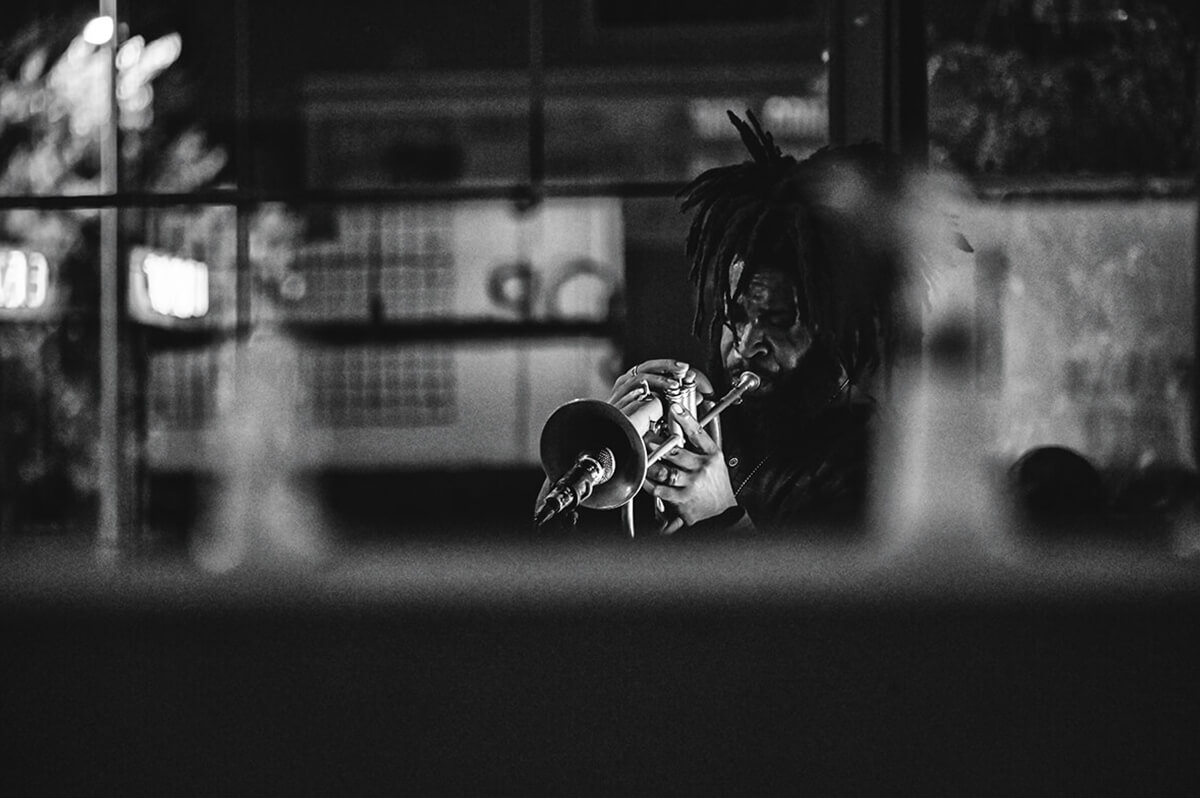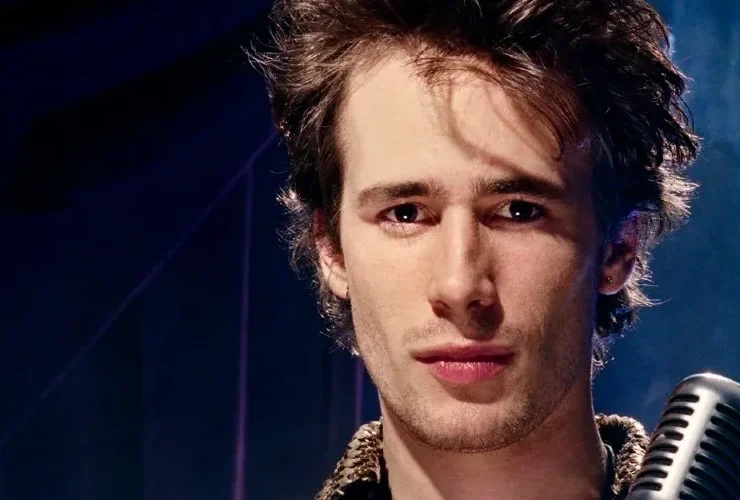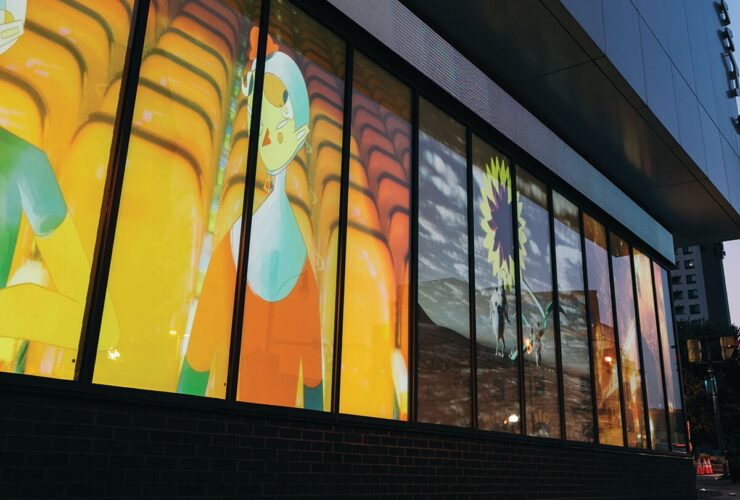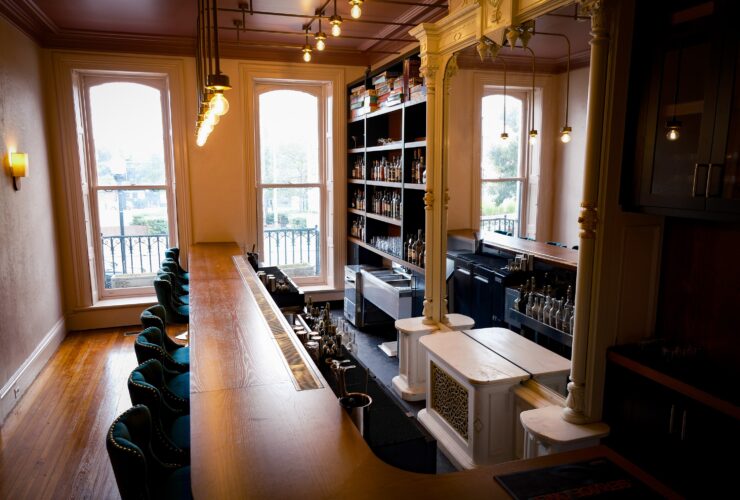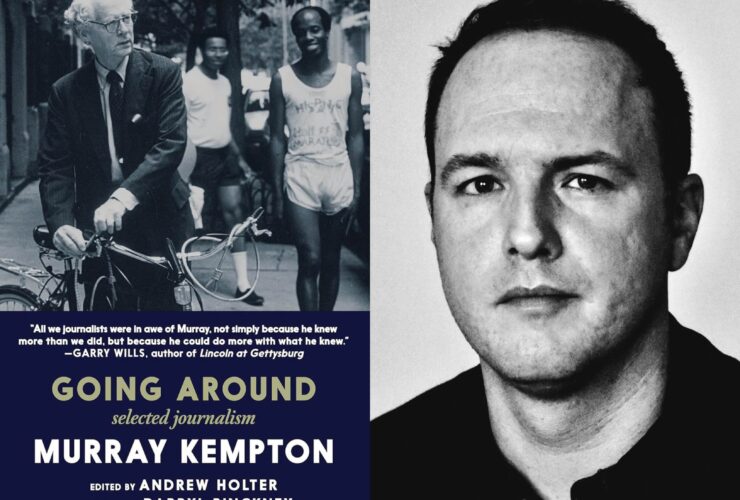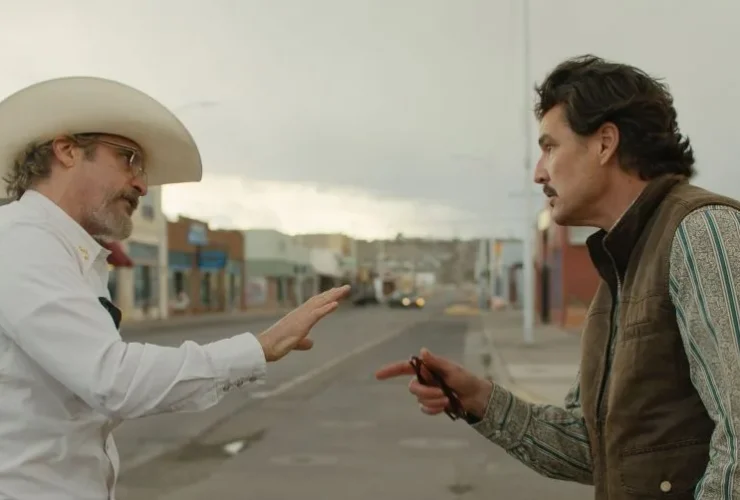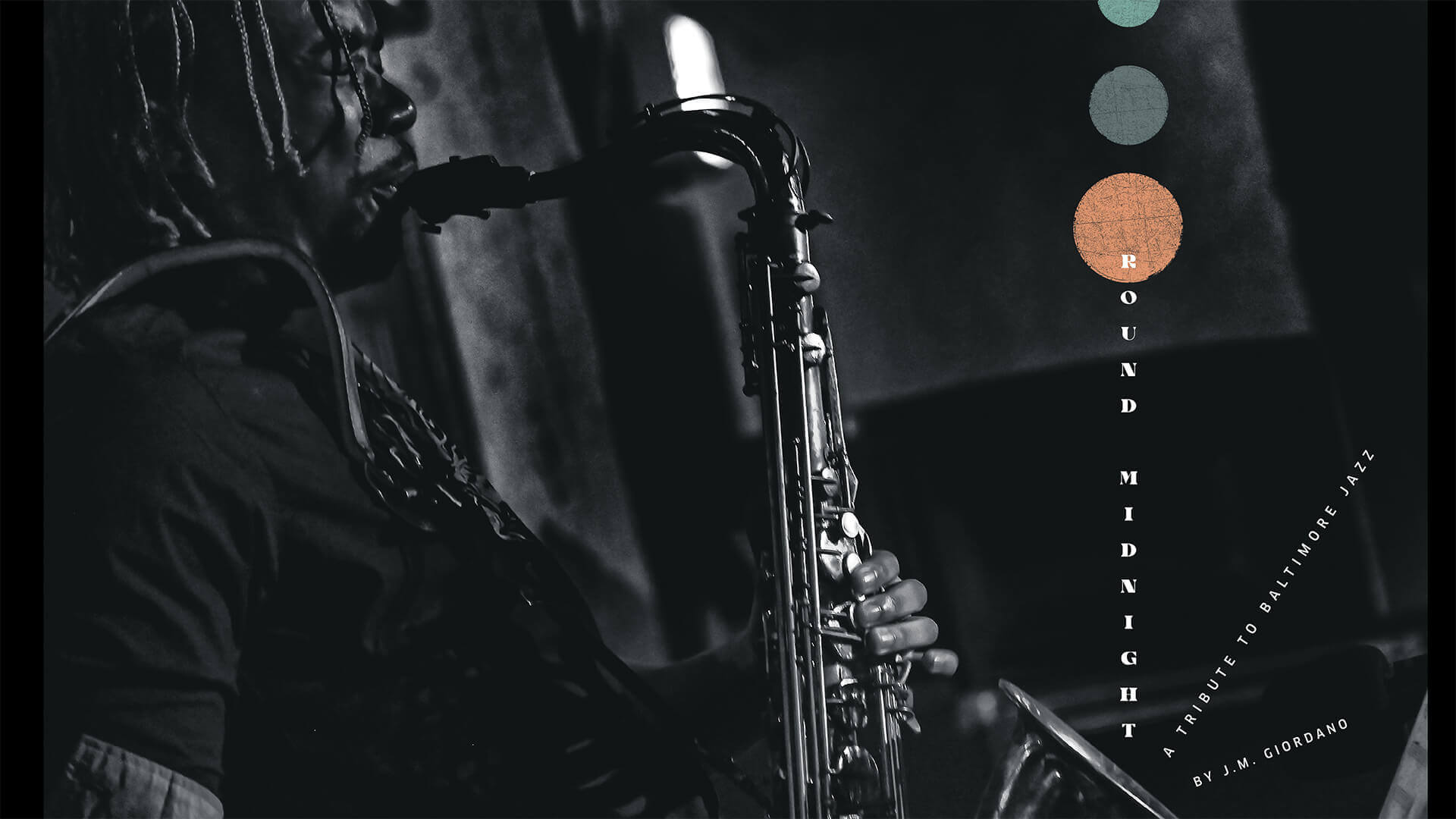
Arts & Culture
Round Midnight
A tribute to Baltimore jazz.
By J.M. Giordano
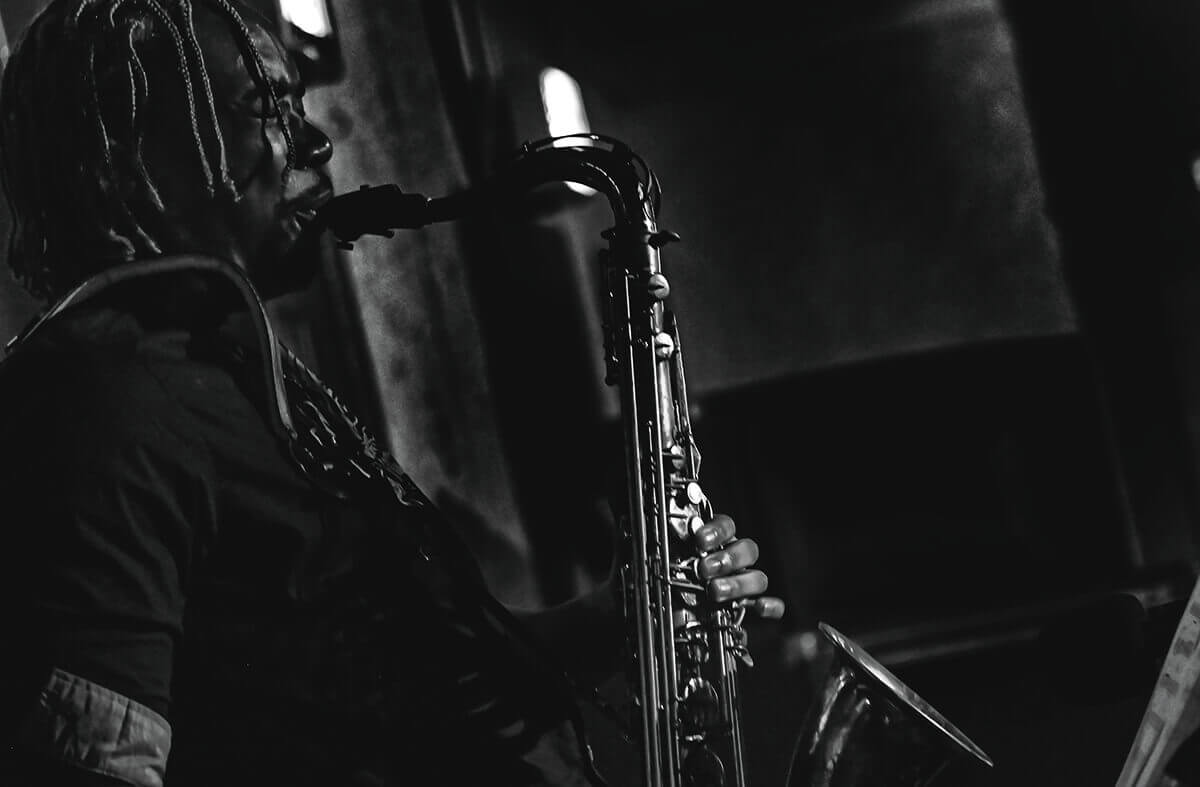

on a rainy winter night you can practically see the music. Traces of Baltimore’s jazz DNA seep up in the steam released from underground. You feel it from the lone workers you greet as they labor in the lobbies of high-rises or deliver goods to the city’s markets after hours. You can almost hear the melancholy notes of an alto sax as you look up at the black cube of Charles Center or the New York-style Bank of America building on Light Street, lights blazing in the office windows long into the night. Walking by all the old spaces like the Mayfair and Royal theaters, the Sphinx Club, Buddies on Charles—all long gone—you can picture the ghosts of legends like Billie Holiday, Ethel Ennis, Cab Calloway, and band leader Chick Webb, still playing for the crowds.
The homes of some of these musicians are gone, too, with Calloway's house torn down last year and ironically replaced by a piano fence. But as these spaces fade from modern memory, new places rise. Keystone Korner and Caton Castle in West Baltimore take the place of the bigger clubs, and smaller venues across the city, like 1801 in Canton, R. House in Remington, An Die Musik and Marie Louise Bistro in Mount Vernon, and Werner’s downtown, fill in for those intimate venues that used to pepper Penn North and Baltimore Street. One certainly can’t leave out the Baltimore Jazz Alliance, huge promoters of the jazz scene, when talking about the future of the music in the city.
There’s new music, too, from young artists like siblings Ebban and Ephraim Dorsey, who, not yet 20, recently premiered their own compositions at Keystone Korner. Busy bassists like Blake Meister, Ed Hrybyk, and especially Clarence Ward III, who oversees jam sessions at R. House on Monday nights, are keeping the music alive and thriving in the city. Meanwhile, the Peabody Conservatory of Music and Baltimore School for the Arts both have popular jazz programs that look to raise interest and awareness of the genre in Baltimore, just as Jazz at Lincoln Center does in New York. And though we’ll never have the excitement of Pennsylvania Avenue again, we can rest easy knowing that the legacy of the past is being honored and carried into the future.
This photo project is a small attempt to capture the new energy in the clubs using film and digital images. Since flash isn’t exactly encouraged for live music anymore, it’s up to the available light to do the job. I used the work of Roy DeCarava, who wove shots of New York City with portraits of jazz musicians to create a rich tapestry of photos of that city’s jazz scene during the ’50s and ’60s, as a nucleus for this series. My goal was to capture not just the performers, but the spaces they inhabit, the city around them, and the streets that inspired their sounds. I chose traditional black and white so as not to be distracted from the subjects and to call back to the photos of the midcentury.
I hope these photos inspire a new appreciation for or rekindled love affair with jazz and that, after flipping through this photo essay, you’ll buy some vinyl, visit a club—or just make a cocktail, stay at home, turn on jazz DJ Andy Bienstock, and drink till sometime ’round midnight.
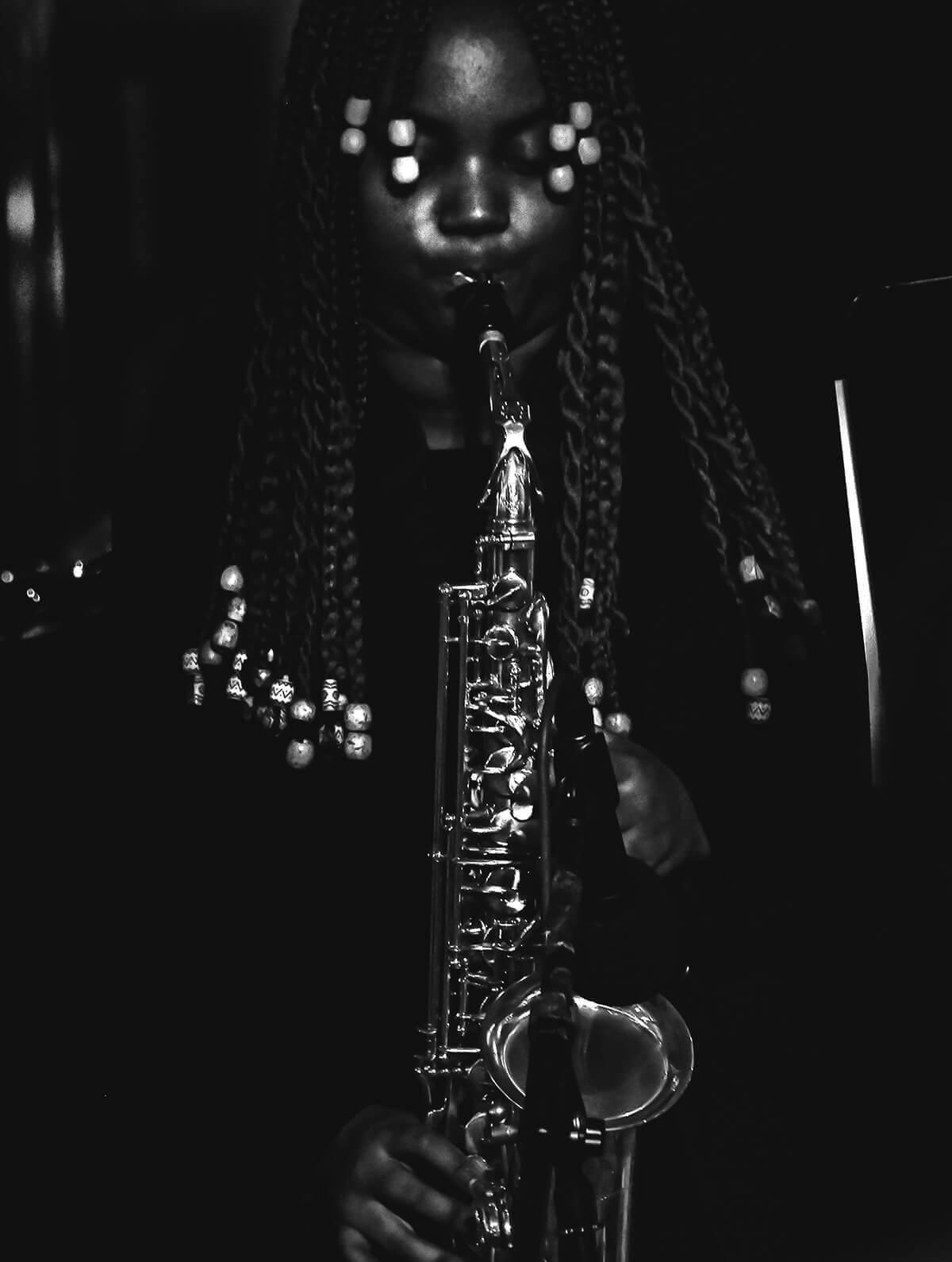
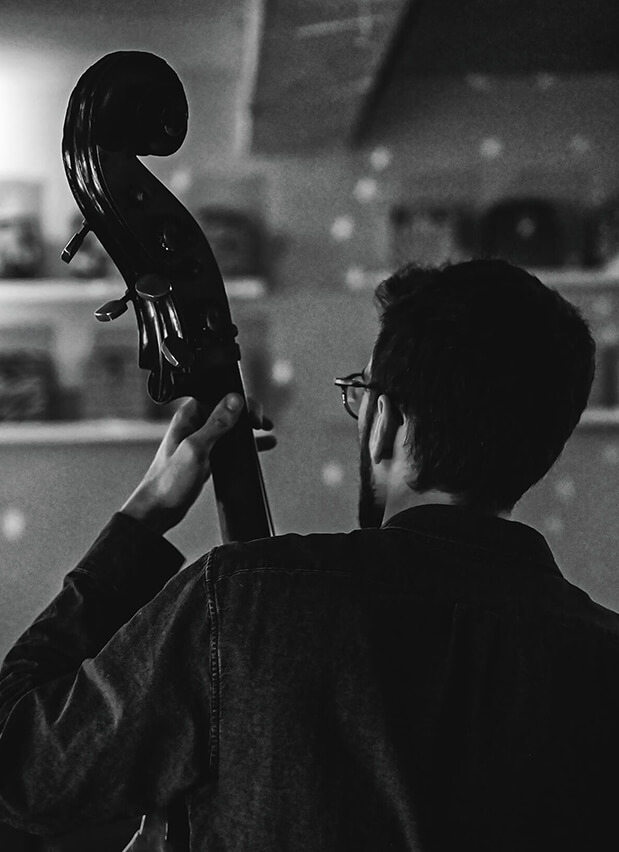
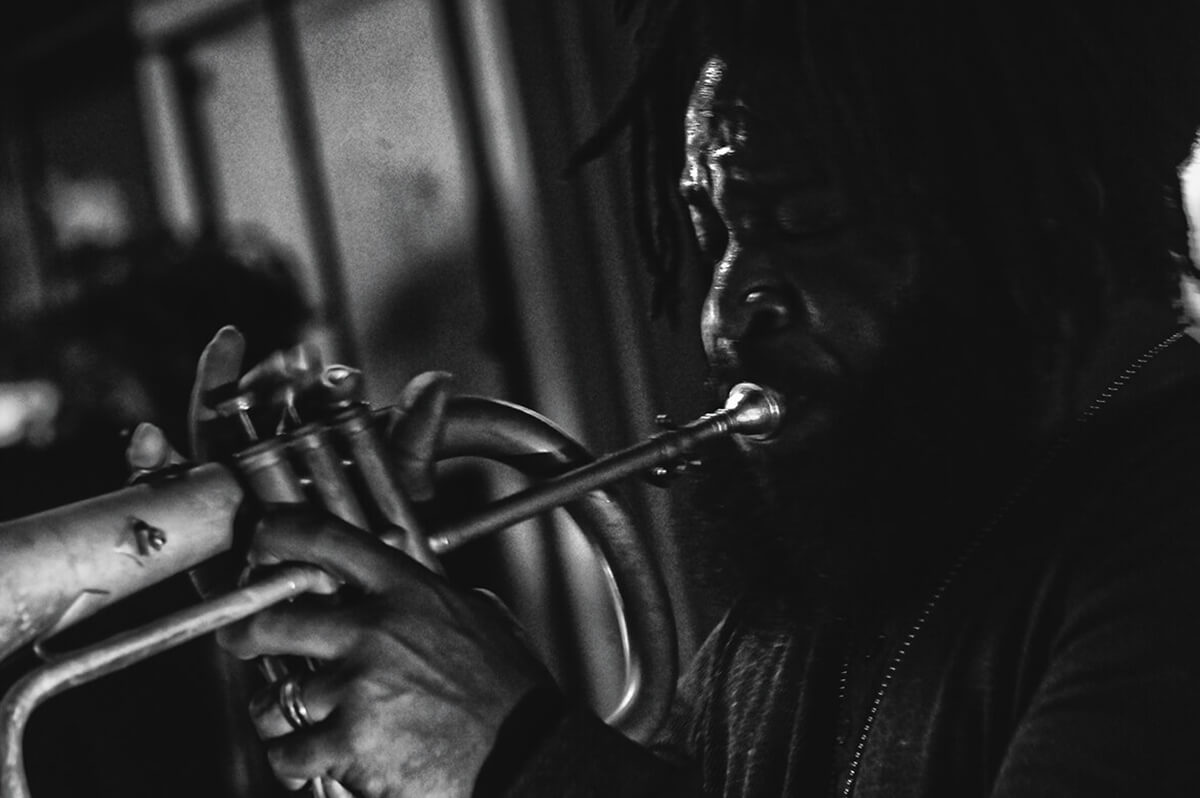
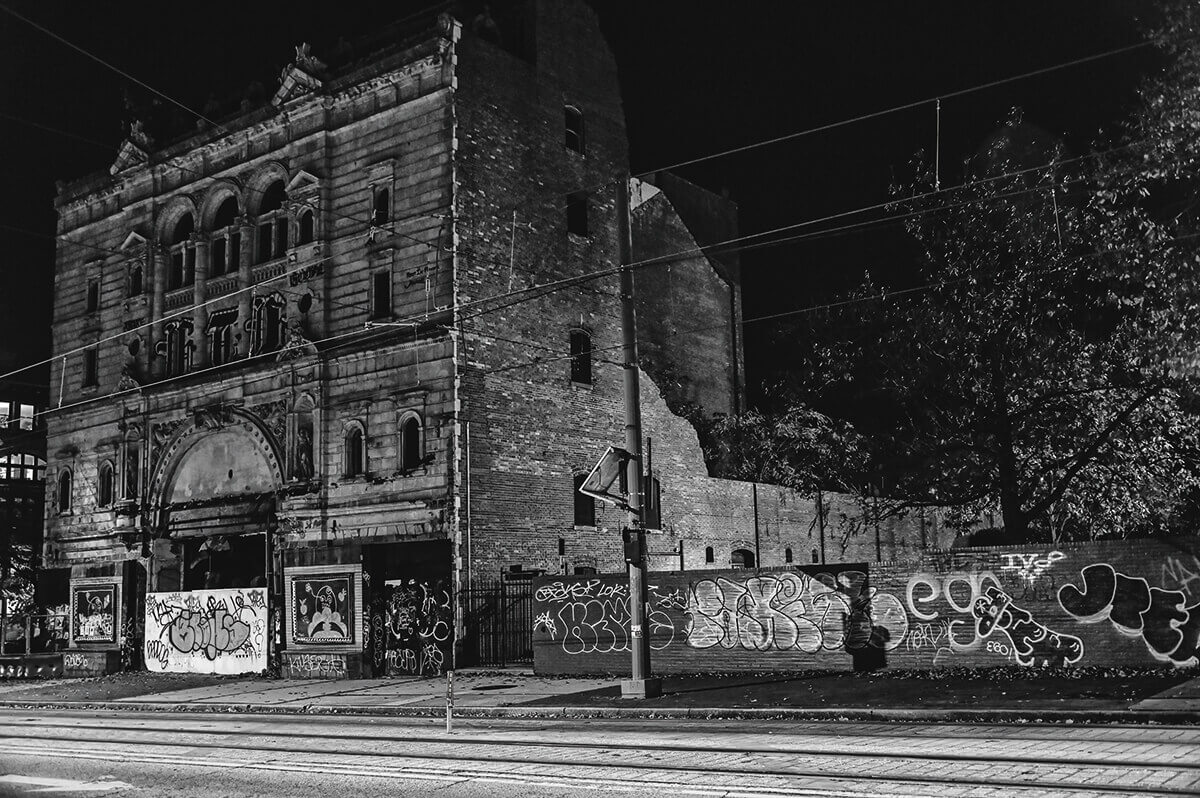
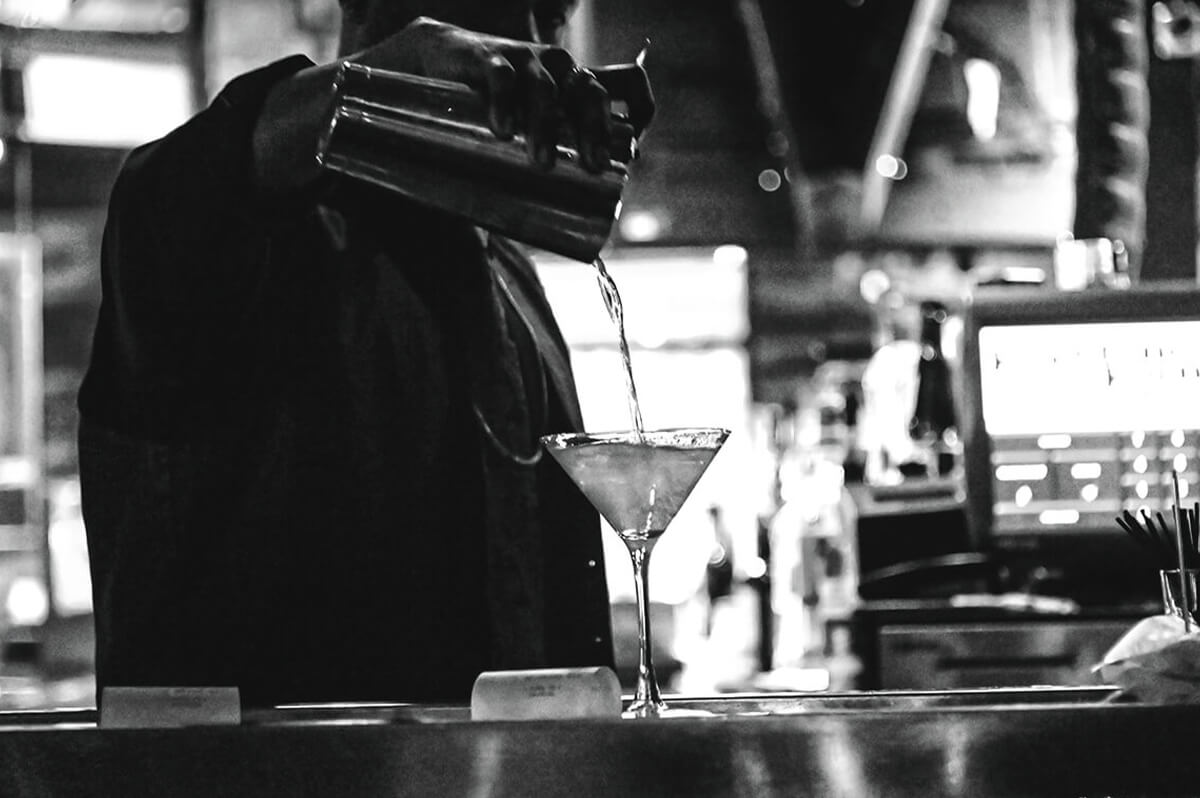
Eighteen-year-old sax player Ebban Dorsey
at Caton Castle; Open mic night at Canton's Bar 1801; Clarence
Ward III on trumpet at R. House’s jazz jam session on
Mondays; Ruins of the old Mayfair Theatre on Howard
Street, where many jazz acts played before it was
turned into a movie house in 1941; Mixing the perfect martini at Keystone
Korner.
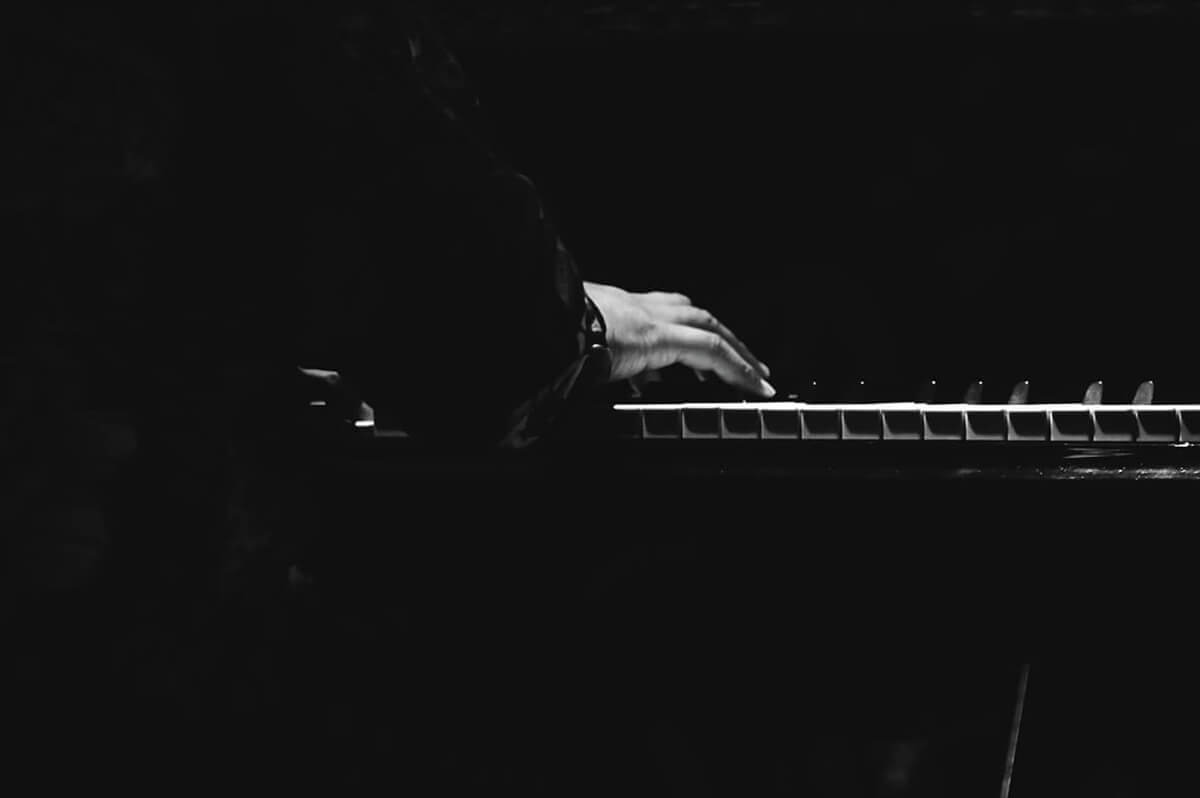
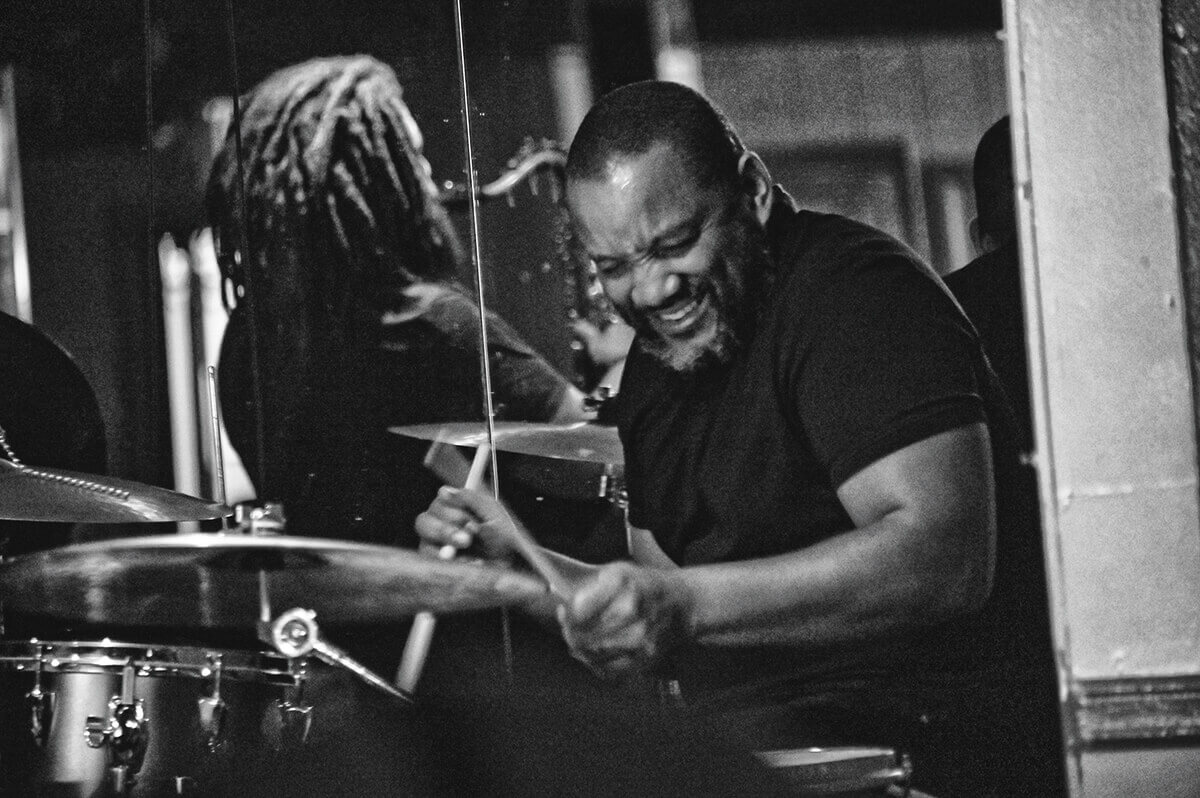
The hand of pianist Allyn Johnson glides across the keyboard and drummer John R. Lamkin III hits the skins, both at Caton Castle.
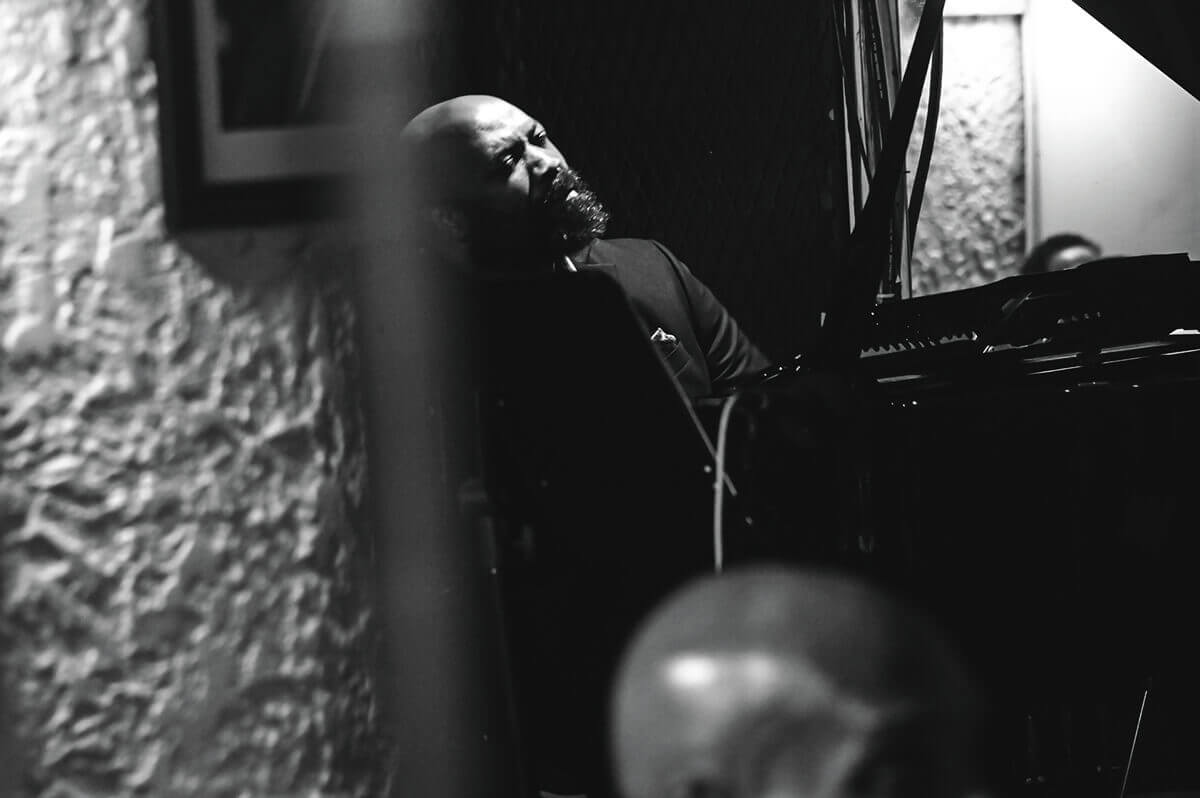
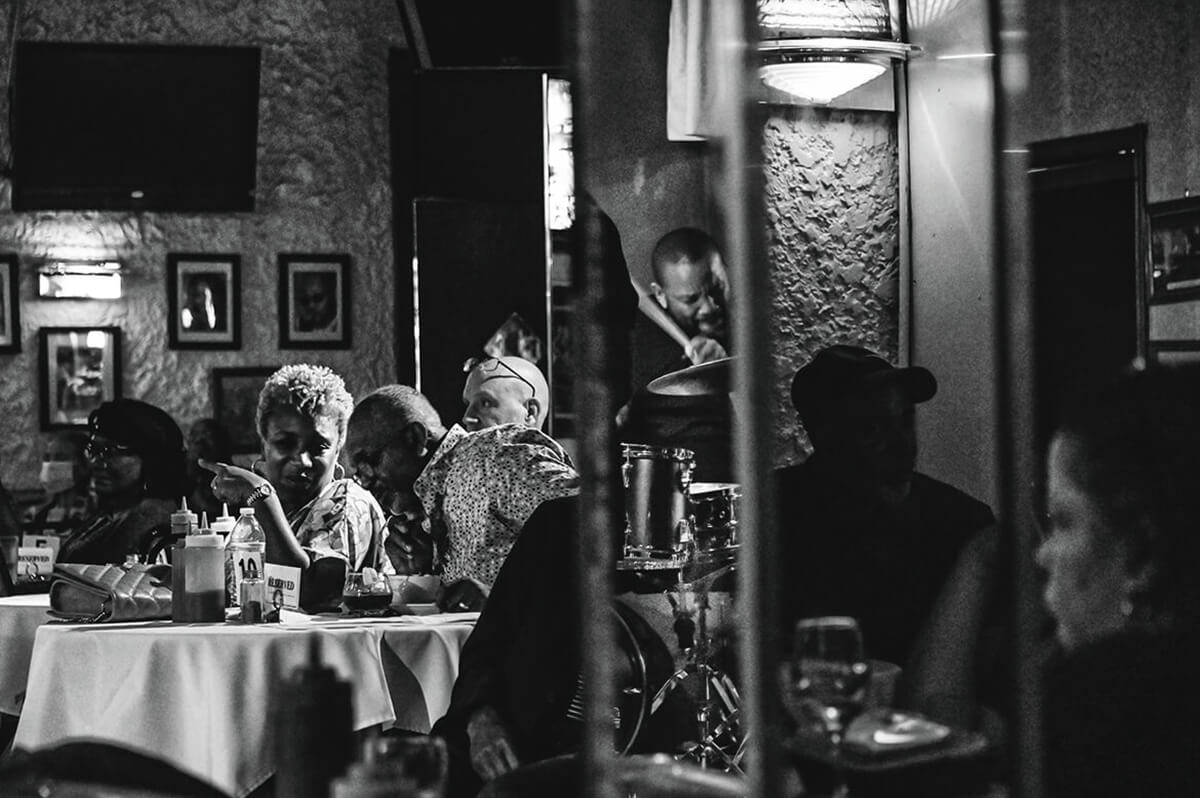
Pianist
Allyn Johnson swings at Caton Castle;
Lamkin III reflected in a mirrored pillar as jazz
fans take in a tribute to John Coltrane.
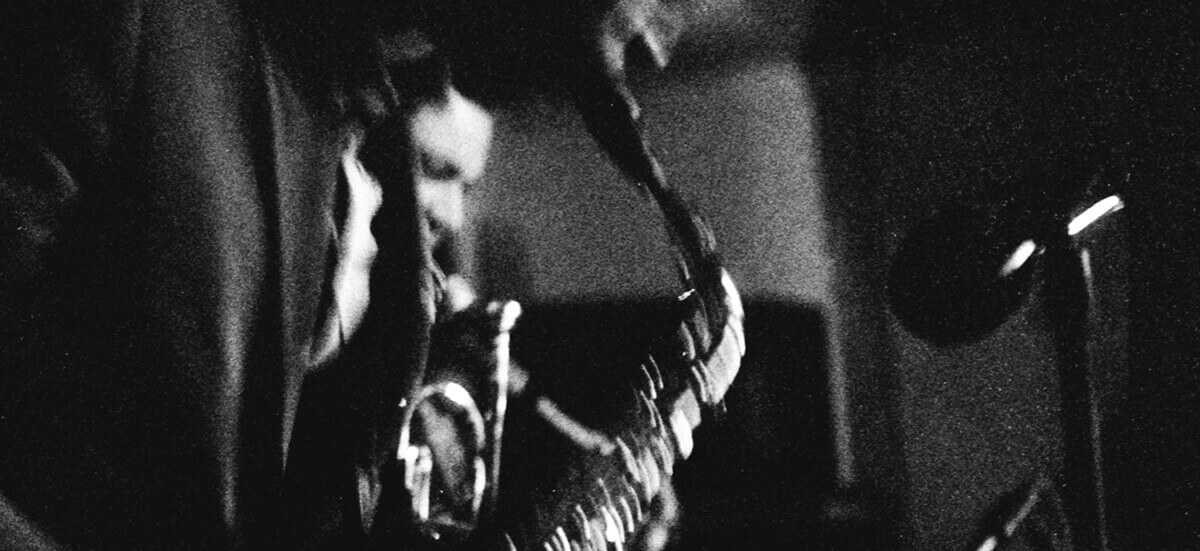
Saxophone player Mark Gross and
Alex Norris on trumpet tear up Caton Castle
during an evening dedicated to Art Blakey
and the Jazz Messengers, which included
Allyn Johnson, Blake Meister, John R. Lamkin
III, and Lyle Link.
